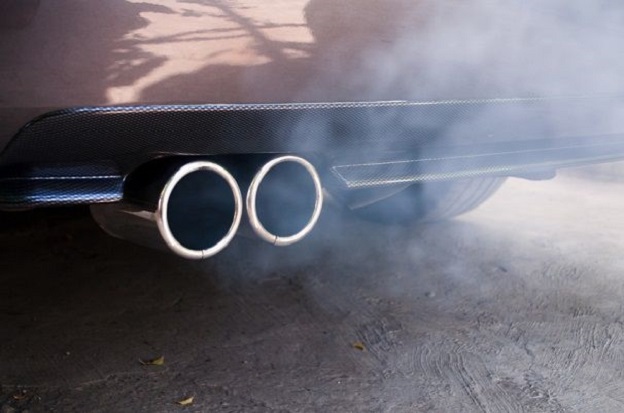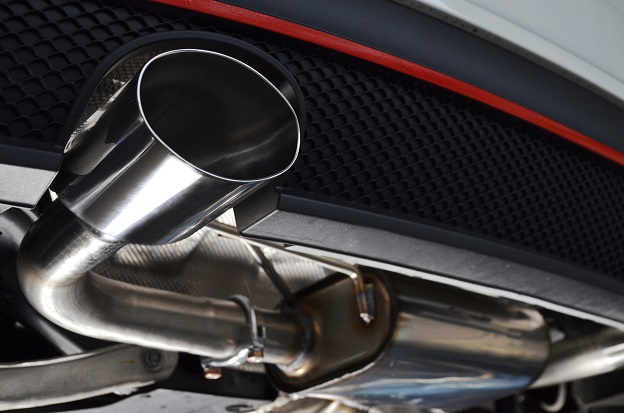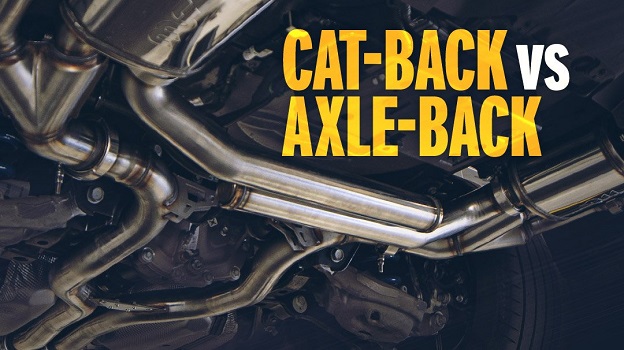What Type of Aftermarket Exhaust is Ideal For Your Isuzu Dmax?
A lot of Isuzu Dmax owners pay far too much attention to what’s going on under the hood of their vehicle, but almost always neglect what’s happening under it. Exhaust systems play a crucial role in how your vehicle performs, its mileage and most importantly – making sure the exhaust gases released from your engine are filtered before they get out in the atmosphere. Even though stock exhaust systems do all of this just fine, for some owners (such as myself), it’s not enough. We want to unlock all the extra “hidden” power from our engine, improve the mileage of our Isuzu Dmax even more, and some of us want to change how our vehicle sounds and looks. No matter your reasons, an Isuzu Dmax performance exhaust can be one of the most worthwhile investments you make.

Source: pinterest.com
But in order to understand how these exhaust systems do all of this, you need to be aware of how combustion engines work. The combustion process involves oxygen and fuel getting into the engine cylinders, where they get ignited by a spark plug. This causes little explosions which are known as combustion. The combustion is what powers the engine and propels your Isuzu forward. However, the combustion leaves waste gases that can choke the engine out if they have no place to go, so naturally, that place is the exhaust system, where these waste gases get filtered and released.
The exhaust system is made up of several parts, each of which plays a crucial role in the overall performance of your Isuzu Dmax, how it sounds, its mileage and its look. The first parts that are connected to the engine are the exhaust headers, and the waste gas is pushed out of the cylinders by the pistons into them. The exhaust headers are bolted onto the engine head using steel tubing that’s attached to every single cylinder. The headers collect the waste gases from every cylinder head, and they send it further down the exhaust system right into the catalytic converter. Aftermarket performance exhaust headers feature a higher-quality construction and design than your stock exhaust manifolds. This means that they expel the gases much better than stock exhaust headers.
Engine combustion results in toxic waste such as nitrogen oxide, carbon monoxide and other harmful, unburnt hydrocarbons. As soon as these toxic waste gases are sucked by the exhaust headers, they’re sent to the catalytic converter, whose purpose is to reduce them into less harmful gases. Catalytic converters feature platinum and palladium-coated ceramic beads that act as a catalyst. When the harmful waste gases reach the catalytic converter, a chemical reaction happens that results in nitrogen oxide, carbon monoxide and unburnt hydrocarbons being converted into oxygen, carbon dioxide, nitrogen and water vapour. Every vehicle must have a catalytic converter in order to be meet emission standards.

Source: caradvise.com
Next, there’s the muffler. The muffler is where the sound is reduced into something more tolerable. If it weren’t for the muffler, your Isuzu Dmax would be loud and obnoxious. Most mufflers feature a resonating chamber that uses equal sound waves to cancel other sound waves. Performance mufflers are designed to be more free-flowing, meaning the gases pass through it faster. Some mufflers are designed to tune and amplify the sound, resulting in exhaust notes being deeper and more aggressive.
Lastly, there’s the exhaust tailpipe or tip. These parts are furthest away from the engine, but they provide a final reduction for improved airflow. Instead of having a straight, unappealing tailpipe poking from the back of your Isuzu Dmax, aftermarket tailpipes are typically polished, come in a wide range of shapes and sizes, improving the appearance of your vehicle.
If you’re sold on the idea of aftermarket Isuzu Dmax performance exhaust systems, you should know that there are three types you can choose from – cat-back, header-back and axle-back. All of these exhausts can be made of either stainless or aluminised steel, both of which are superior to the mild steel most stock exhaust systems are made of.

Source: magnaflow.com
Cat-back exhaust systems replace the exhaust components from the catalytic converter to the muffler. These are also known as DPF (diesel particulate filter) systems and they include a new muffler and tailpipe. Depending on the model and make of your Isuzu, the exhaust kit you choose may include a mid-pipe. Cat-back exhaust systems provide medium performance benefits and improved mileage, and they’re in the price range between the axle-back and header-back exhaust systems.
Axle-back systems replace everything from the rear axle to the exhaust tailpipe. These exhausts are the most affordable and easiest to install, but they don’t provide performance benefits. Instead, they only change how your Isuzu Dmax looks and sounds.
Lastly, there are header-back exhaust systems which replace all the parts from the headers to the tailpipes. These system allow you to install larger diameter pipes and parts, providing superior exhaust flow. These exhaust offer the most benefits in terms of performance and mileage, but they’re the most expensive and difficult to install.



